Food for the Soul: A Collection Fit for a King – Dulwich Picture Gallery

By Nina Heyn – Your Culture Scout
At the origin of the Dulwich Picture Gallery’s collection lies a story of a king who first lost his crown, then his country, and then his freedom. The king in question was Stanisław August Poniatowski, the last king of Poland who, like England’s King Charles I, was better at art-collecting than keeping the crown, albeit, unlike Charles I, it was really, really not his fault that he was deposed. At the end of the 18th century, Poland was a vast territory of fertile farmland, abundant rivers, and rich forests full of game—a kingdom coveted by the country’s three greedy neighbors: Russia, Austria, and Prussia. In successive military onslaughts, these three empires managed to wipe Poland off the map for well over 100 years. Poniatowski—a gentle, cultivated aristocrat ruling a divided, indefensible kingdom—did not stand a chance against the Russian empress Catherine the Great and her descendants.
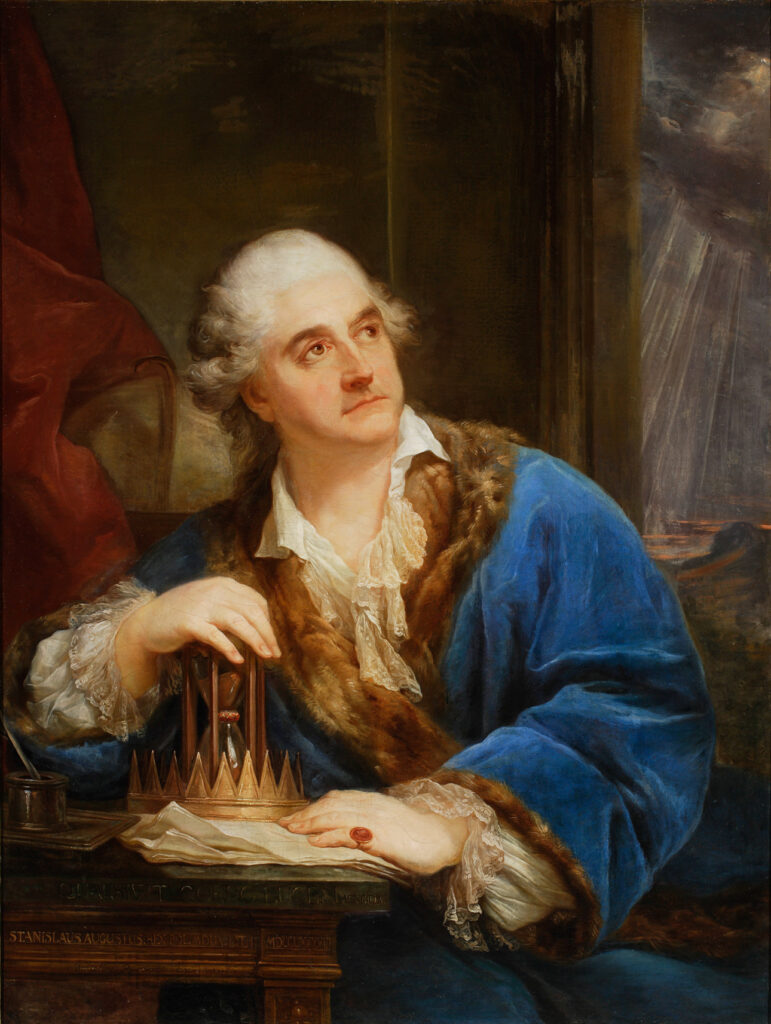
In 1790, Poniatowski hired two London dealers, Noël Desenfans and Francis Bourgeois, to purchase for the Royal Collection of Poland as many old masters as they could find. Having secured this royal commission (and the honors that went with it, such as a Polish knighthood for Bourgeois), the pair trawled through Europe in search of artwork, sometimes profiting from the hasty sales caused by the French Revolution. At a huge expense (listed by Desenfans as 9000 pounds) they assembled hundreds of pictures, many of them by established masters such as Rembrandt, Murillo, Veronese, and van Dyck.
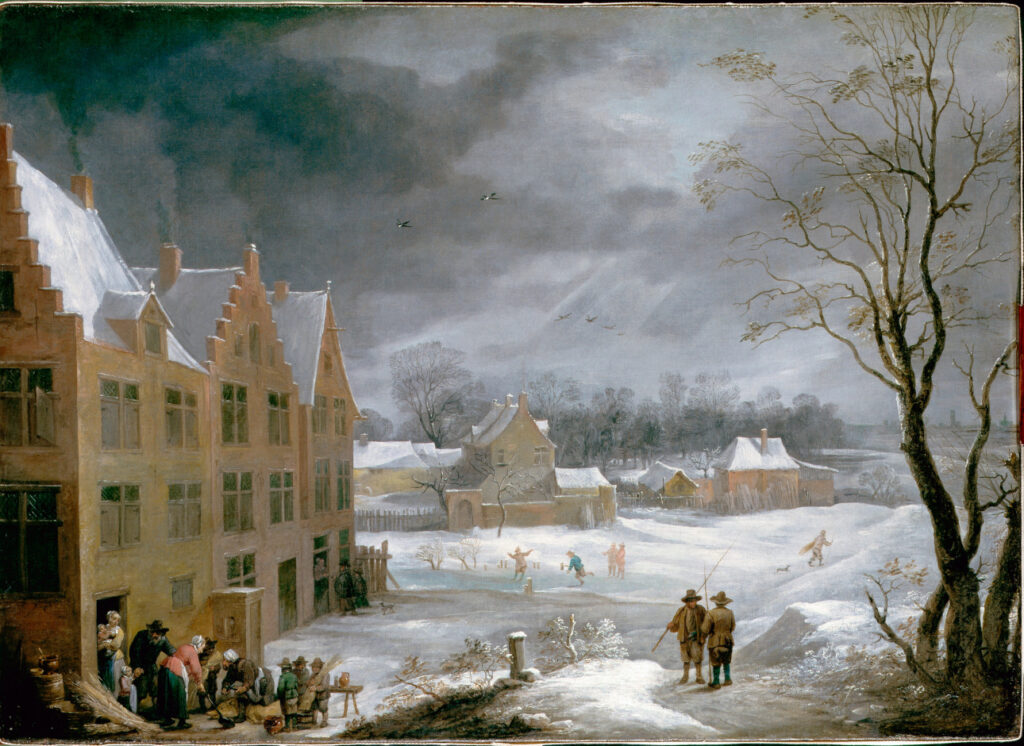
The king was a traditionalist, like all royal collectors of the time. He was attracted to historical and mythological scenes, old masters, and the artworks of the Dutch Baroque, and he was exceptionally fond of Italian art. Sometimes his dealers were taken for a ride, securing paintings that later turned out to be only “attributed to” or “in the mode of” Titian, Carracci, or Bassano. However, they still managed to assemble an astounding collection of important artworks.

Out of the three genuine Rembrandt pictures at Dulwich, the one that stands out is his portrait called A Young Man. A barely visible stack of books in the background ordinarily would mark this picture as a genre picture of a young scholar, but many historians agree that the model for this painting was Rembrandt’s only son Titus, whose other portraits give us an idea of a delicate, curly-haired and round-eyed youth. The intensely-gazing face of a man emerges from darkness, beckoning us to engage with that solemn face. This picture, together with the other two Rembrandt portraits in the Dulwich collection and five other masterpieces, was stolen in 1966; luckily, it was soon recovered although only one minor member of the art-thieving gang was ever caught.
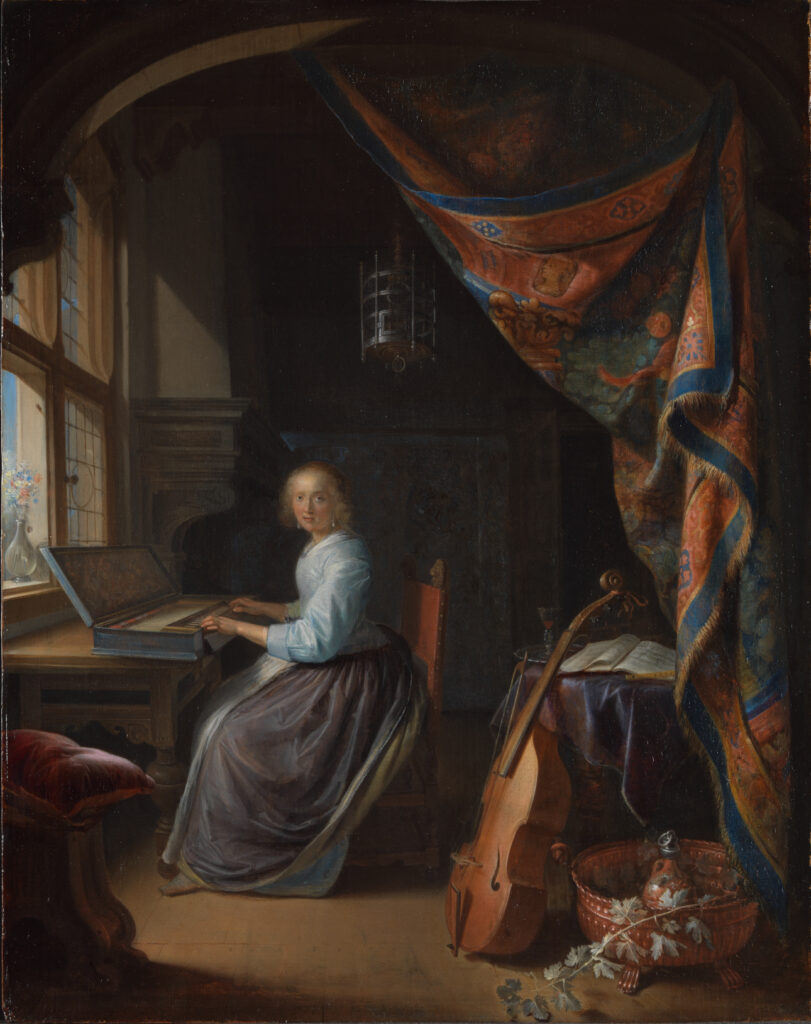
Painted almost during the same period but representing a more “commercial” style of Dutch Baroque art is a classic domestic scene by Gerrit Dou. His Woman Playing a Clavichord does not have the introspection of pictures by Vermeer (the artist who then was completely obscure and not to be discovered until 1860), but it does have a beautiful composition, a meticulous attention to details of fabrics and textures, and the quality of painterly craft that makes the picture stand out from the thousands mass-produced at the time. These small genre pictures were eminently collectable, and Poniatowski’s dealers sought out the best example of the type.
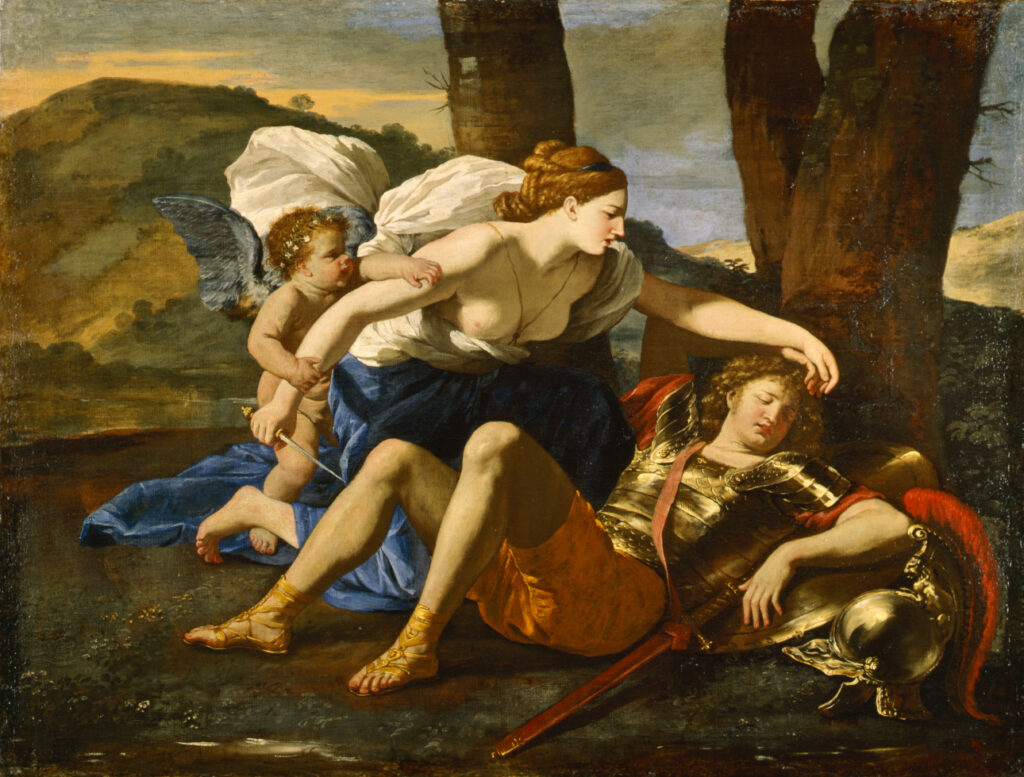
Another Baroque artist who was almost a genre unto himself—the French artist Nicolas Poussin—specialized in mythological and literary themes, painting large canvases in a classical style that was highly prized in the late 18th century as the most elegant and erudite type of art. No royal collection would have been complete without works by Poussin, and the two dealers secured some of the best examples. Rinaldo and Armida is based on a literary story about a sorceress named Armida who sets out to plunge a dagger into the crusader Rinaldo but, overcome by a sudden love for him, stays her hand and later transports him to her magic castle. The picture shows a moment when Armida is torn between the two actions—her hand is still holding the dagger, but her face already shows the anguish of a woman overcome by the unexpected emotion of love. As always with Poussin, the figures are carefully composed (he would stage wax figures in a box to plan his arrangements of people and gestures in a picture) to create a diagonal line for the viewer’s eyes to follow. The colors in this picture are exceptionally vivid for Poussin’s pictures (many have slid over time into a muddy-brown hue), and the landscape in the back feels very Italian. Poussin adopted Rome as his abode of choice and spent most of his life there.
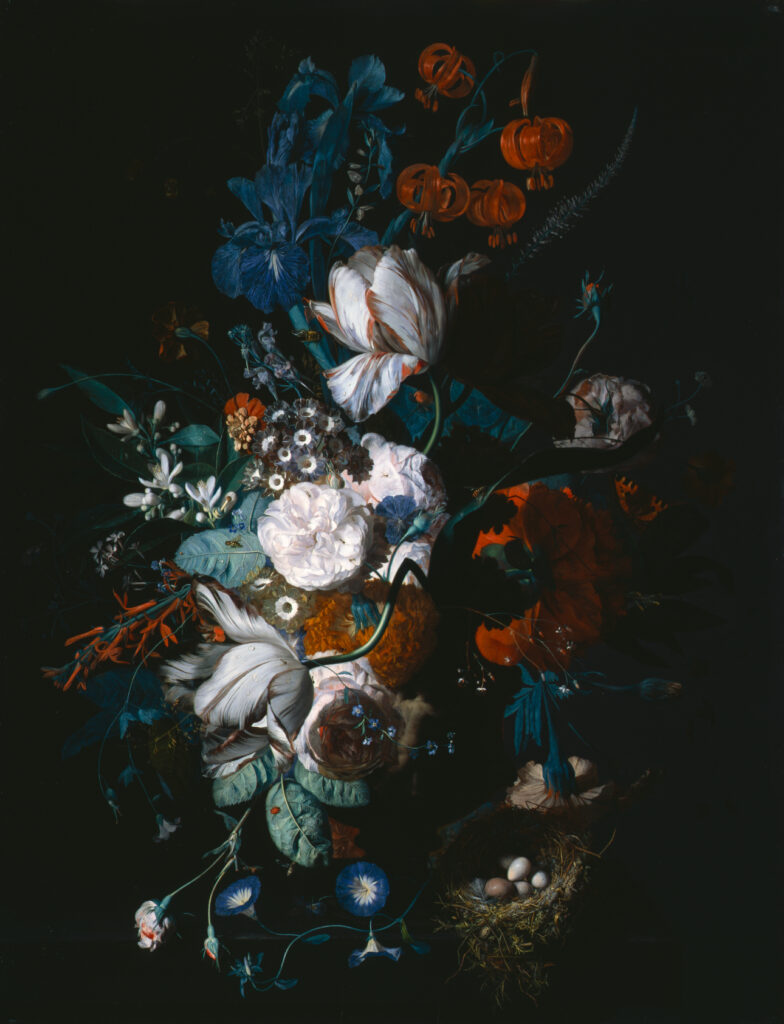
While Desenfans and Bourgeois were wheeling and dealing to assemble the collection, their royal patron was losing his crown and his kingdom. Russia, Austria, and Prussia had been partitioning Poland in stages, the second treaty being signed in 1793 and the third in 1795—at the end of which the Kingdom of Poland ceased to exist—and Poniatowski was forced to abdicate. He had hoped to be exiled to his beloved Rome, but he was sent to St. Petersburg instead. His huge debts were taken over by the tsarist court, but the money owed to the art dealers was not reimbursed. Poniatowski died suddenly in 1798, three years after his loss of crown. His London dealers were left with a royal collection and no royal to pay for it. Their letters to the Russian tsar Alexander I demanding payment for Poniatowski’s debts or a takeover of the collection went unanswered. In 1802, Desenfans mounted an auction where he put up for sale not only the pictures he assembled for the king but also other stock he must have acquired after the king’s demise. He kept many of the best pictures out of this sale; in fact, there is a list of 124 pictures that he retained in his residences, and practically all of them ended up at Dulwich.

Desenfans himself died a short five years after the sale, bequeathing the royal collection pictures not to his family but to his partner Bourgeois, who by then was not a dealer at all but an important collector with a nobility title and social ambitions. When Bourgeois in turn passed away in 1811, his collection—the masters intended for the Polish king and his own collection of English art, altogether consisting of almost 400 paintings—was donated to Dulwich College. At the time, the typical destination for donating important collections would have been the British Museum, but Bourgeois deemed it too elitist and insisted that his bequest must be available for “inspection of the public.”

Out of this donation, the Dulwich Picture Gallery was created in 1817 in a building created for the purpose by famed architect John Soane, an extraordinary collector himself. Soane designed a one-level structure that would bring in maximum light through glass ceilings and wide-open spaces. He planned the design of rooms around the artworks. Thanks to Bourgeois’ prescient stipulation that his collection be accessible to all people, Dulwich Picture Gallery became the UK’s first public gallery, preceding the creation of the National Gallery in London in 1824. The original Poniatowski collection was later augmented by subsequent donations of English portraiture from the Tudor period until the 19th century.
